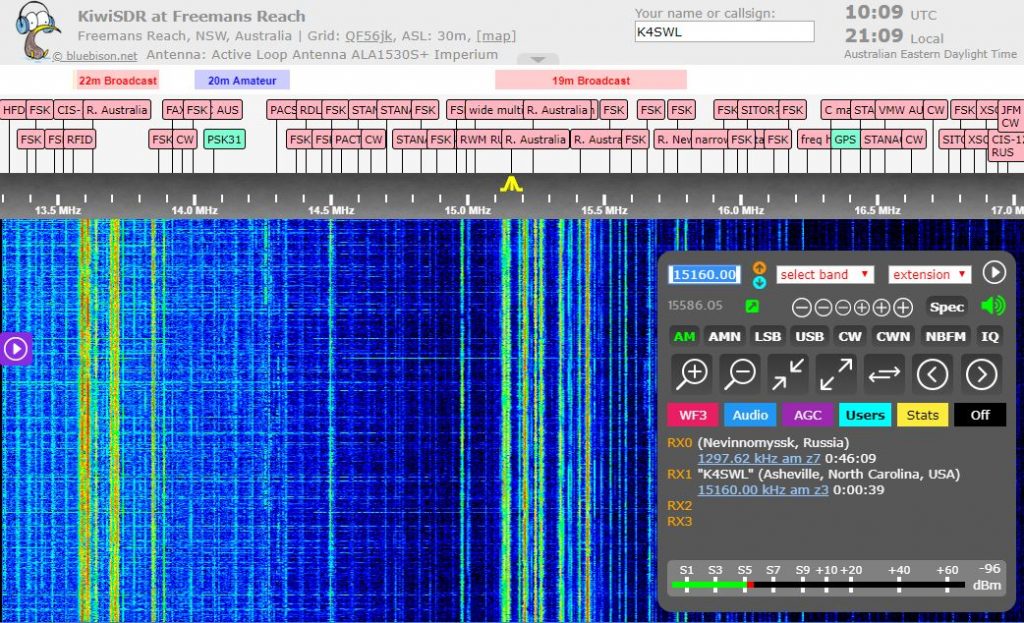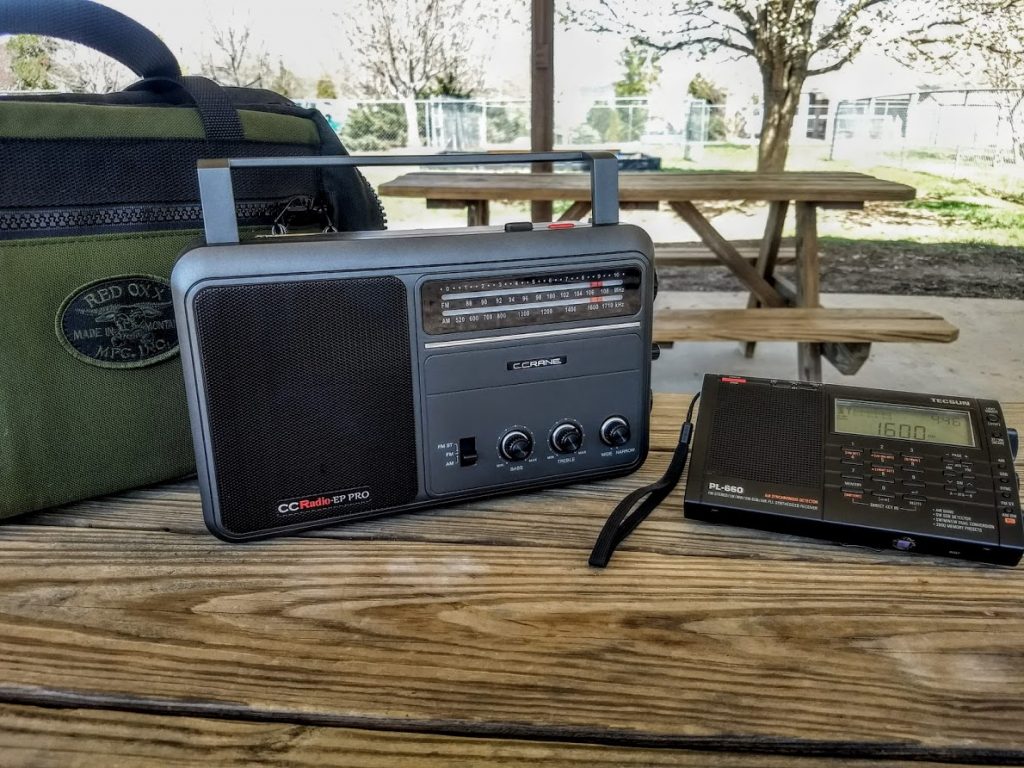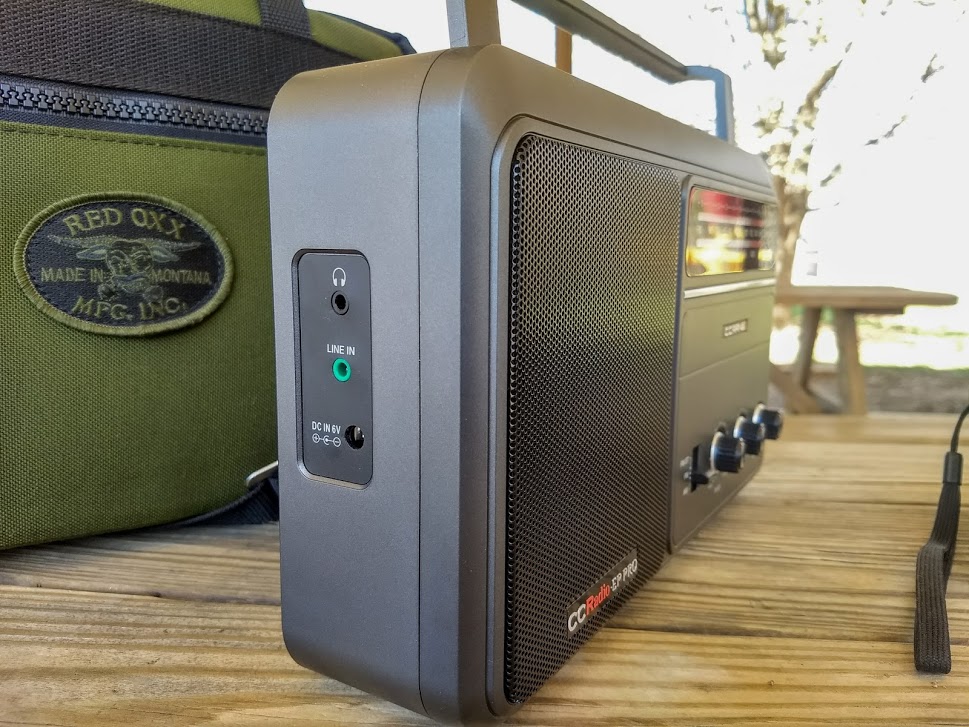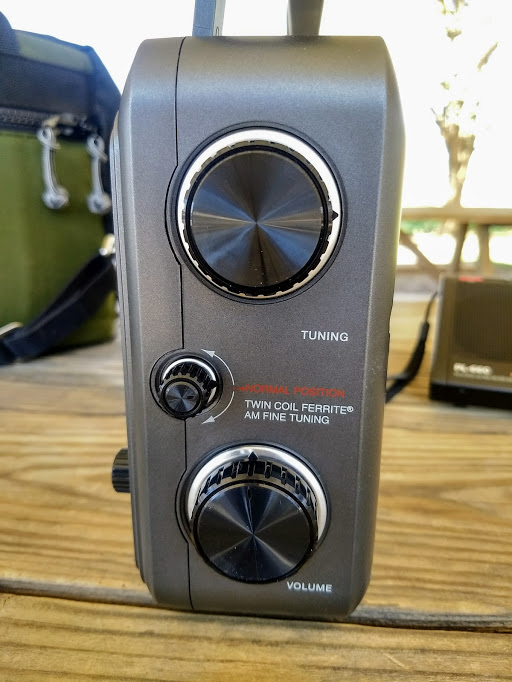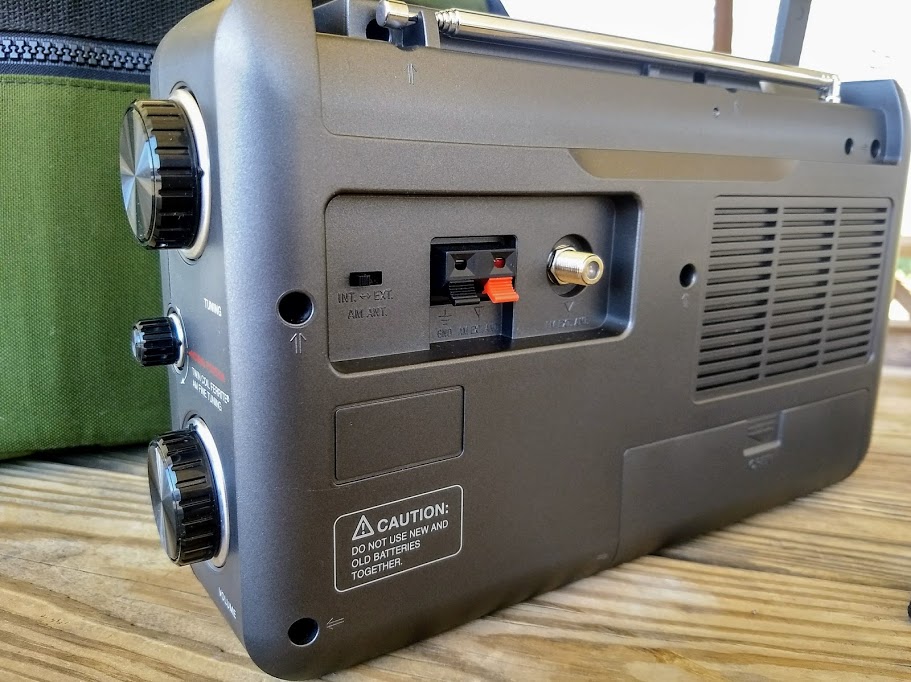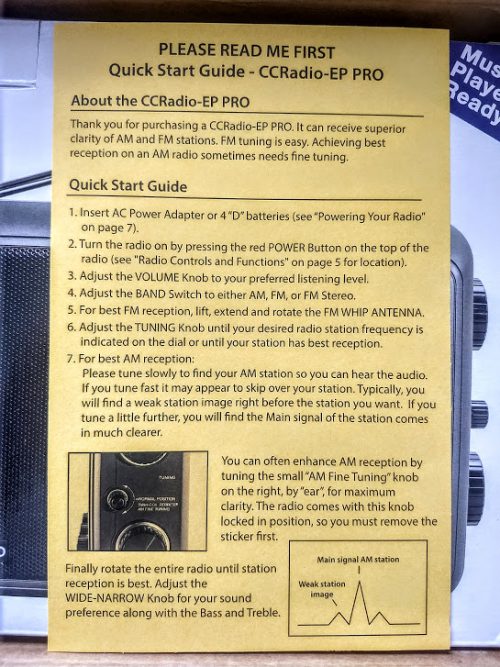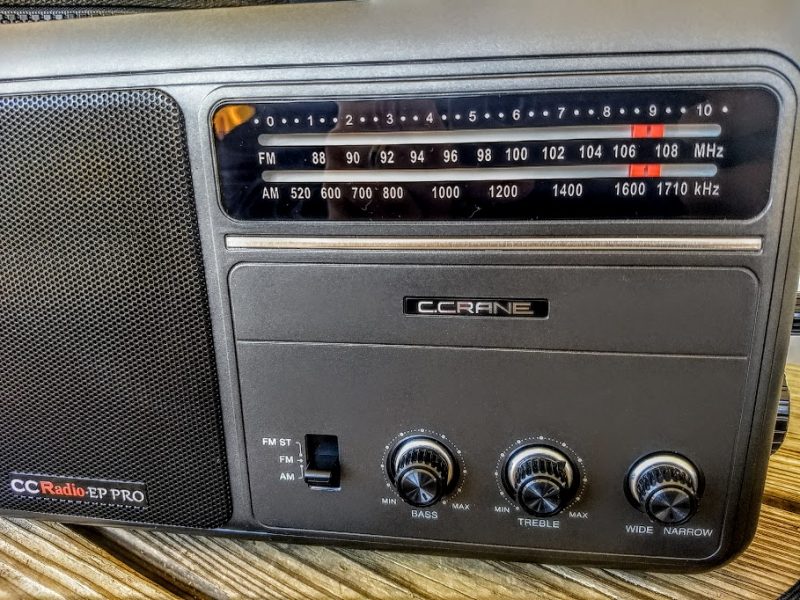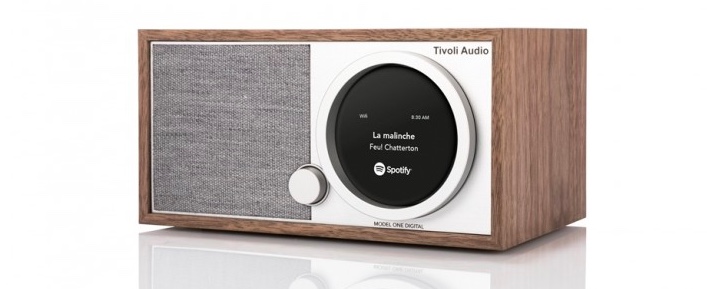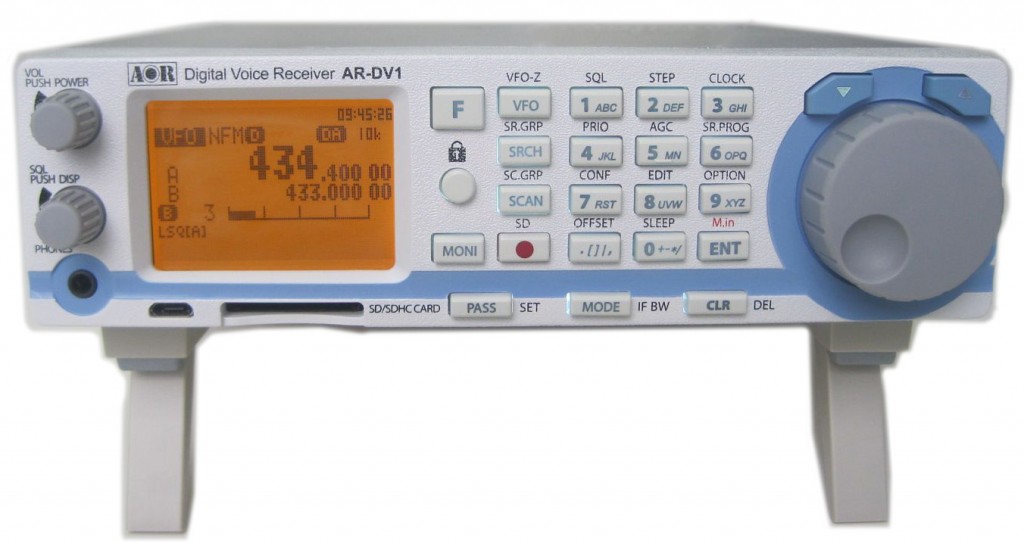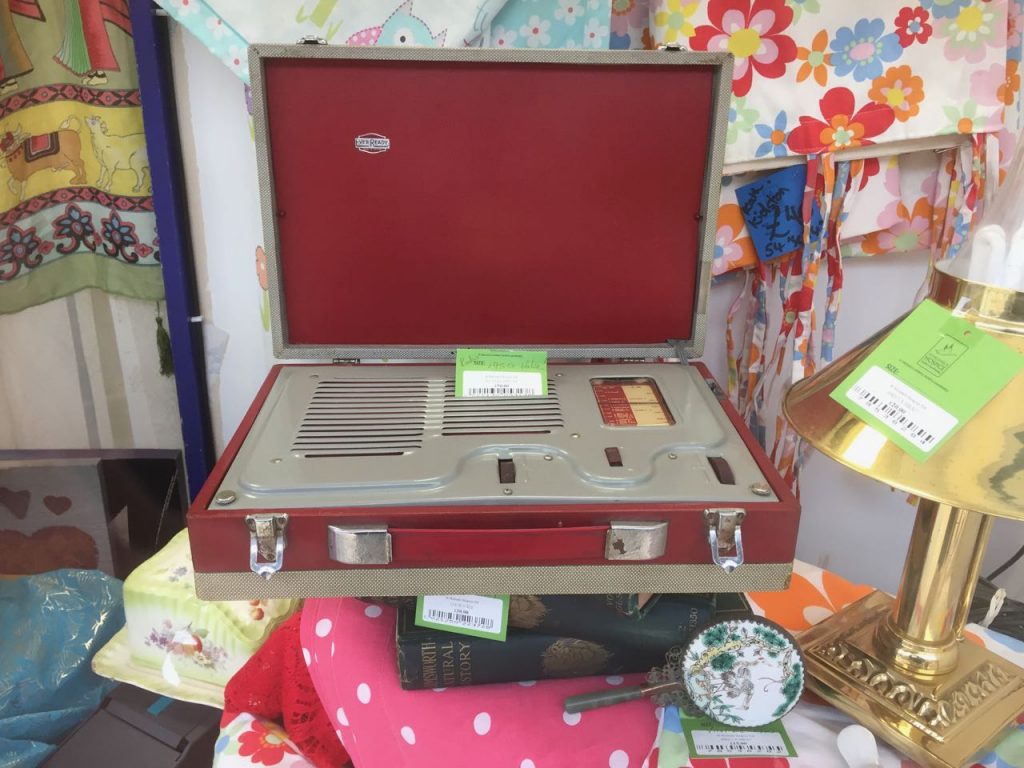(Source: Southgate ARC)
Introducing CATSync – The new CAT tool for WebSDRs
Oscar, DJ0MY, has developed a new software tool for radio amateurs and SWLs.
CATSync allows the user to control public WebSDR receivers with a real rig connected via CAT. It supports the classical Web-SDR servers as well as the newer Kiwi SDR servers publically available on the internet.
This gives you access to dozens of web based receivers with the comfort of tuning your rig at home. This software helps you to bring you back into the fun of ham radio when you are suffering from local temporary or permanent high noise levels in an urban QTH location.
The software has the following features:
- Synchronizes any public WebSDR server with your real RIG…
- Supports a wide number of RIG’s (it uses the popular OmniRig engine)
- Supports WebSDR and KiwiSDR browser based SDR receivers
- Tune the VFO of your radio and see the web SDR follow in real time !
- Switch modes (SSB, CW, etc.) on your radio and see the web SDR switch mode in real time.
- Listen to the same frequency as your rig via web SDR
- Ideally suited e.g. for people suffering from local QRM
- Can track RX or TX VFO (e.g. to find that split of a DX station) if radio CAT supports both simultaneously
- Can be interfaced with popular logging software using OminRig or via VSPE port splitter
For more information visit the author’s website: https://catsyncsdr.wordpress.com/
See a YouTube video of CATSync under: https://www.youtube.com/watch?v=UbSHfkjhx0c

